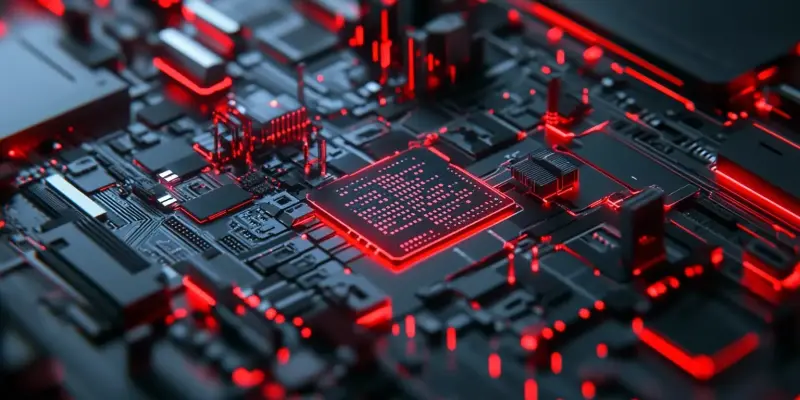At the 2025 Game Developers Conference, Qualcomm introduced three groundbreaking chips designed specifically for the handheld gaming console market. These innovations aim to boost performance and connectivity across the spectrum, from high-performance gaming to cloud-based platforms. The new offerings, the high-end Snapdragon G3 Gen 3, the mid-tier Snapdragon G2 Gen 2, and the entry-level Snapdragon G1 Gen 2, cater to different segments within the Android-based handheld gaming market, each bringing unique enhancements and features.
Snapdragon G3 Gen 3: The High-End Performer
Leading the pack is the Snapdragon G3 Gen 3 System on a Chip (SoC), which marks a notable leap from its predecessor, the Snapdragon G3x Gen 2. This flagship chip supports Unreal Engine 5’s Lumen lighting system and includes real-time, hardware-accelerated ray tracing, complete with global illumination and reflections. Featuring an 8-core Kryo CPU composed of one prime core, five performance cores, and two efficiency cores, it pairs with an Adreno A32 Graphics Processing Unit (GPU). This combination delivers up to 30% faster Central Processing Unit (CPU) performance and 28% superior graphics performance compared to the previous generation.
The Snapdragon G3 Gen 3 also excels in display capabilities, supporting Quad High Definition Plus (QHD+) resolution and 144Hz refresh rates for a smoother visual experience. Connectivity is another strong suit, thanks to the FastConnect 7800 module, which includes Wi-Fi 7 and Bluetooth 5.3. These robust connectivity options promise an immersive gaming experience, regardless of the game or application. The Snapdragon G3 Gen 3 epitomizes Qualcomm’s commitment to pushing the boundaries of mobile gaming technology, making it a prime choice for high-end gaming consoles.
Snapdragon G2 Gen 2: The Mid-Tier Reliable
Next in line is the Snapdragon G2 Gen 2, engineered to support cloud gaming and offering commendable display capabilities, just like its high-end counterpart. This chip covers display resolutions up to QHD+ and 144Hz refresh rates. It features an 8-core Kryo CPU, including one prime core, four performance cores, and three efficiency cores, alongside an Adreno A22 GPU. When compared to its predecessor, this SoC delivers 2.3 times faster CPU performance and an astounding 3.8 times faster GPU performance, making it a substantial upgrade.
What sets the Snapdragon G2 Gen 2 apart is its balanced but powerful architecture tailored for cloud gaming. The chip ensures seamless performance and low latency, crucial for cloud-based gaming applications. These improvements highlight Qualcomm’s commitment to enhancing mid-tier options without compromising on quality and efficiency. The G2 Gen 2 also features advanced connectivity options, ensuring consistent and reliable performance during gameplay. This makes it an excellent choice for developers and gamers looking for a cost-effective yet high-quality solution for their gaming devices.
Snapdragon G1 Gen 2: The Entry-Level Powerhouse
The Snapdragon G1 Gen 2 targets newcomers and casual gamers, delivering essential gaming features at a lower price point. It includes fundamental improvements in processing and graphics capabilities, making it an accessible option for those just entering the handheld gaming space. The chip is designed to cater to the essential needs of casual gamers, ensuring a decent gaming experience without the high costs associated with more advanced chips. Overall, these three new chips promise to significantly impact the handheld gaming market, offering tailored solutions for various user needs and preferences.

